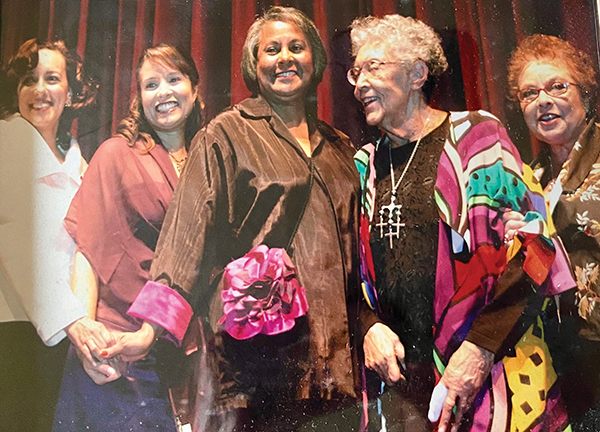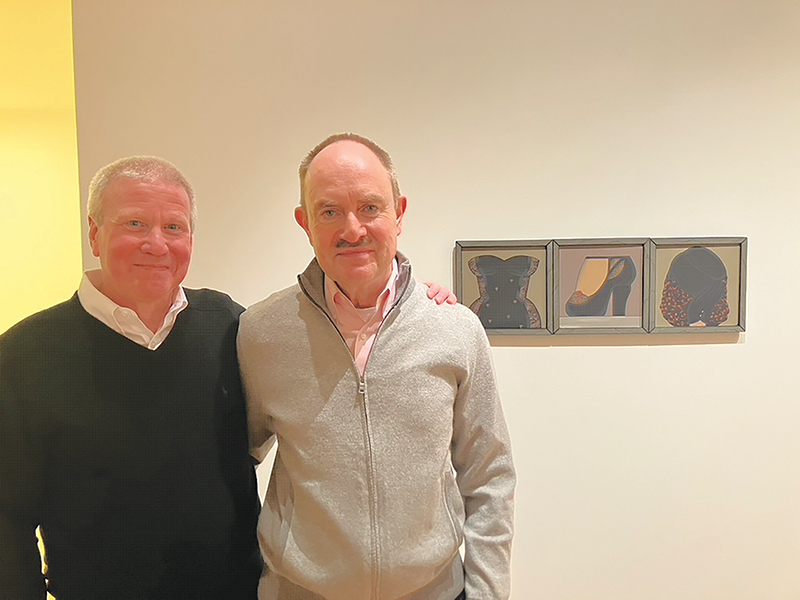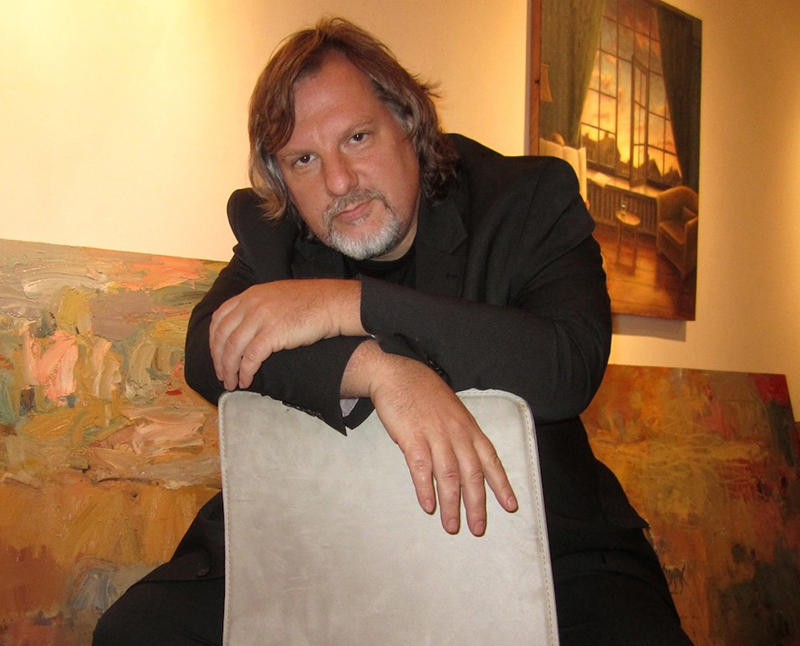CGN Insights: David Salkin, David Salkin Creative Surface Design

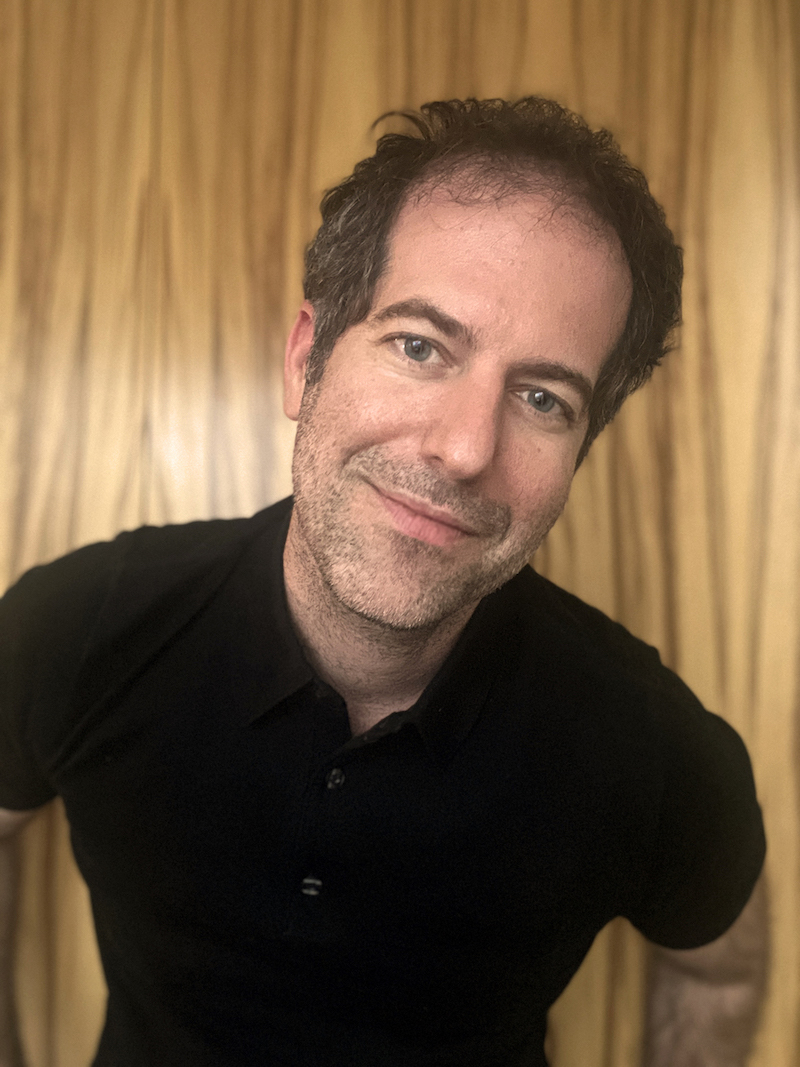
By ABBEY KOT
David Salkin runs his namesake creative design studio and exhibition program in West Town, where he draws from his architectural training to create artistic, and often custom, domestic and commercial objects and materials with distinct urban patterns and themes.
Recently, I sat down with Salkin to discuss his architectural background and the benefits of creative collaboration.
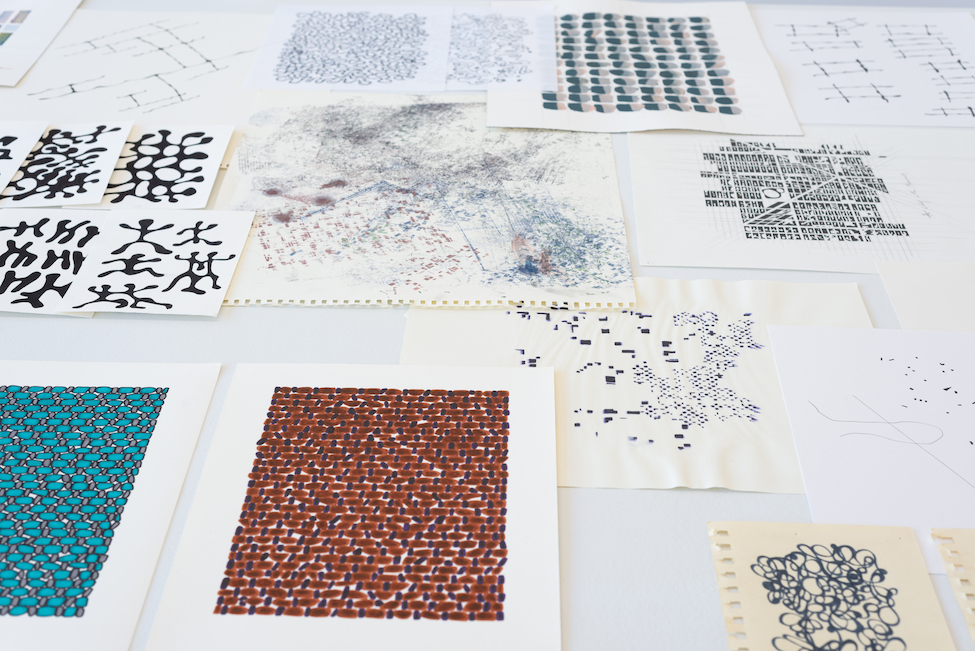 Drawing studies. Photo by Nick Albertson
Drawing studies. Photo by Nick Albertson
CGN: Your background in architecture implies a tendency to work in a three dimensional format, however your mediums of choice tend to be flat, including digital sketches and wool rugs. What is your process when translating urban architectural inspiration into two dimensional mediums?
David Salkin: As a child, I had a fascination for maps and architectural drawings because they gave me a way to "see" a place without physically being there. I grew up studying these flat representations, trying to imagine and "3Dify" them. Over time, I realized that two-dimensional space allows for other ways to understand rhythm and scale that aren’t as evident in the built environment. By thinking about architecture through the lens of surface design, I am looking to capture the patterns and spatial relationships that make cities what they are. It’s not about replicating the experience of three dimensions but about distilling it into a kind of visual code that reveals its underlying geometry — patterns, textures, and proportions — and bringing out the hidden rhythms of a place.
I have come to think of my process as “breaking the grid.” It is the moment when I consciously step outside my comfort zone to reimagine and reconfigure the grid of a city to create new patterns that challenge the status quo. In practice, breaking the grid manifests in asymmetrical layouts, unexpected alignments, and dynamic compositions that draw the eye in new and intriguing ways. I experiment with overlapping elements, varied spacing, and irregular shapes, all while maintaining an underlying sense of cohesion and balance. My goal is to create designs that feel fresh and innovative yet still communicate effectively and resonate.
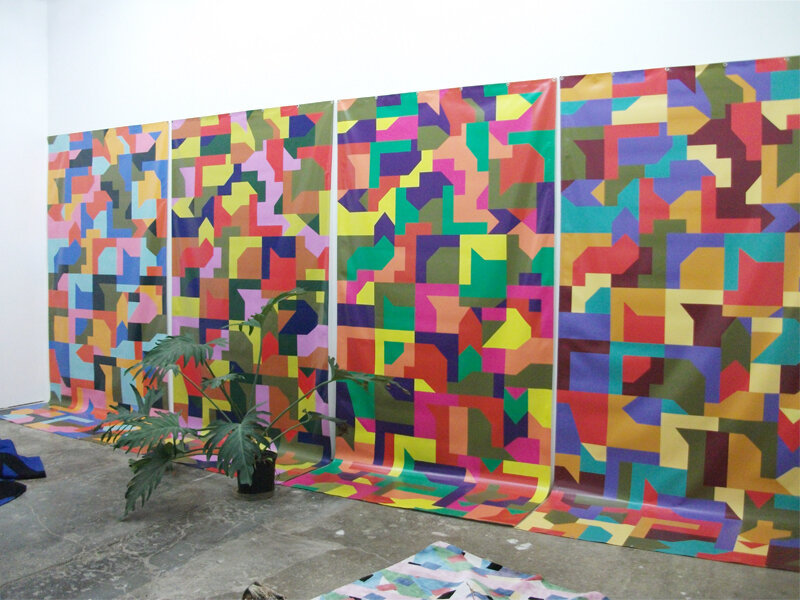
CGN: Architecture and installation pieces are site-specific, offering a sense of exclusivity. How does this affect your creative practice when utilizing the physical gallery space?
DS: It’s exactly that. The studio is the connection between the bespoke object and creative process. My space is open and intentionally inclusive—anyone can walk in and engage with me and the work. I chose my studio space intentionally – to be an active participant in a community of other creative people and programs at the 1709 gallery building. The physical space of my studio lets me experiment and play, grounding my work in the immediate surroundings. And because of my desire to be accessible and open, I like to believe I’m demonstrating a kind of generosity, where I share my interests with others, inviting them to interact with works that range from tactile pieces to conceptual installations.
CGN: Your style leans towards modern and postmodernist art with a focus on flatness and geometry. What do you say to those who view modern architecture as the “death of detail”?
DS: I think modern architecture and design are misunderstood if they're seen as lacking detail. Modernism, to me, is all about nuance and restraint. The detail is there; it just demands a different kind of attention. Look at the way patterns align or see the texture in a surface — these are intentional choices that speak volumes. Modernism, to me, is optimistic and outward-looking, relying on intentional subtleties that invite you to look closer. Every detail in a modern piece holds meaning without shouting, and that, to me, is where the beauty lies. By contrast, I find that postmodernism veers into irony, as if it's given up on earnestness, detracting from the authenticity of design.
In terms of my own work, I think the richness lies in the tension between minimalism and intricacy. Geometric shapes and clean lines invite you to notice subtleties that might be overlooked in more ornate forms. When I strip a design to its essence, I am bound to make every choice a crucial one. And in the process, the detail becomes the experience of form itself rather than a superfluous element.
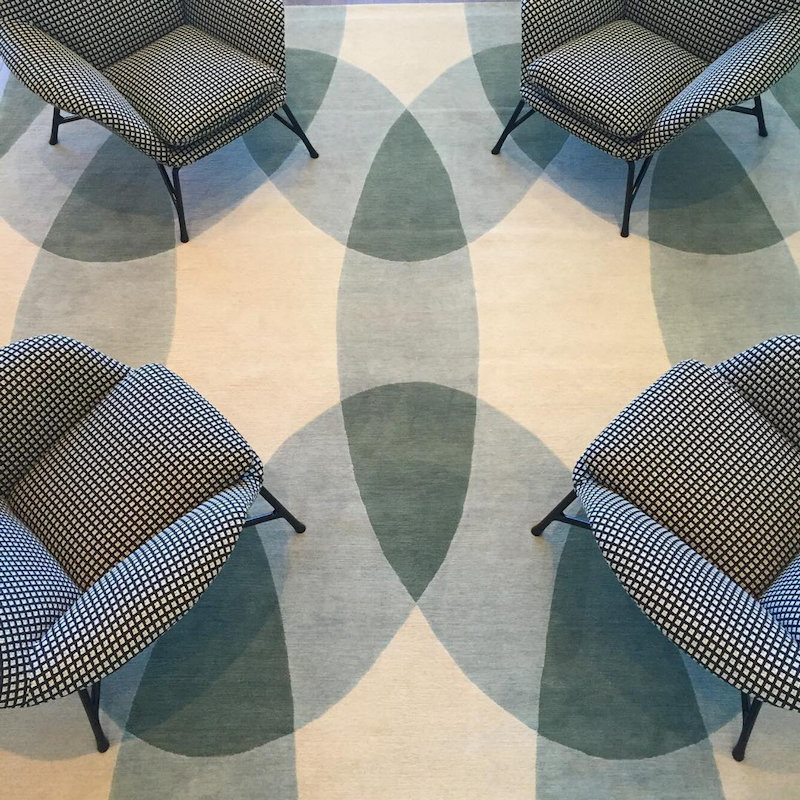
CGN: What do you feel are the benefits of creative collaboration, especially in a practice like yours, which involves teamwork in many stages of the process?
DS: Collaboration introduces fresh perspectives and expertise that I couldn’t achieve alone. I crave that shared energy, where ideas evolve through dialogue and hands-on exchange. Each person I work with —whether they’re an artisan, a fabricator, or another designer — adds layers to the work that make it richer and more intricate. For example, collaborating with master craftspeople gives me access to a level of material knowledge that’s invaluable. They help transform my designs into something beyond what I could create solo, embedding their own narratives and skills into each piece. As time goes on, I am more aware of the power of collaboration and look to find ways to make it a constant dynamic in my practice rather than episodic.
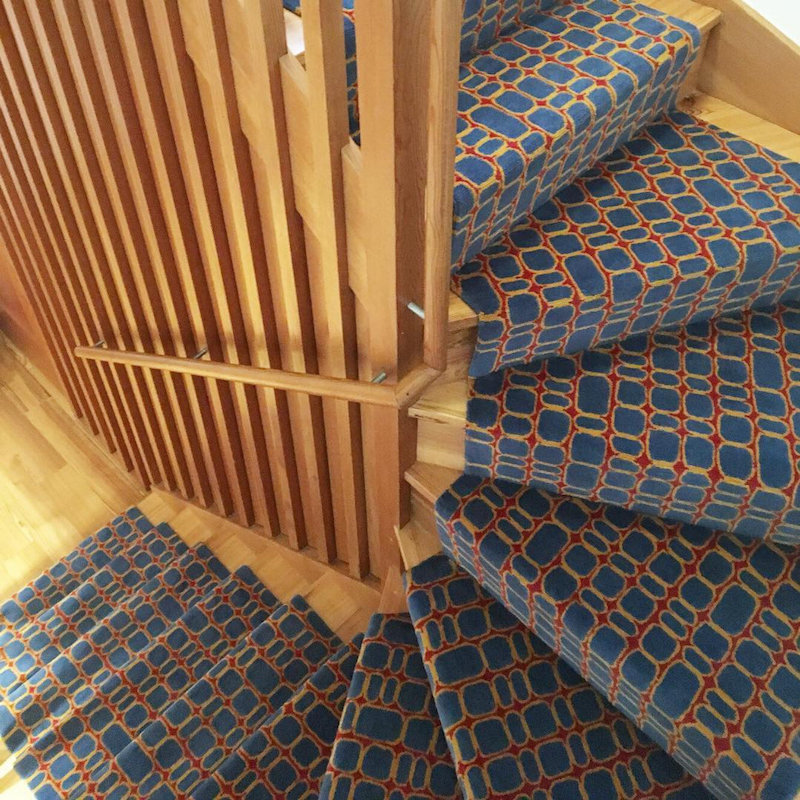
CGN: Do you have any advice for young artists beginning their professional practices?
DS: My advice is to embrace the process of learning and don’t shy away from experimentation. Study everything, including disciplines outside your own. Often, the most rewarding work comes from taking risks, trying new techniques, and challenging conventional thinking. Be present, be curious, and engage with the world around you. Don’t get caught up in trends or in trying to perform for others — authenticity matters more than you think. Don’t get trapped in the digital space; instead, step out and experience things firsthand. Take time to connect, ask questions, and don’t rush through your work. Because when you focus on building relationships and engaging with other artists, mentors, and collaborators, the real magic happens and you create conditions to grow, adapt, and stay inspired.
#
David Salkin Creative Surface Design
1709 West Chicago Avenue, #2A, Chicago, Illinois, 60622
